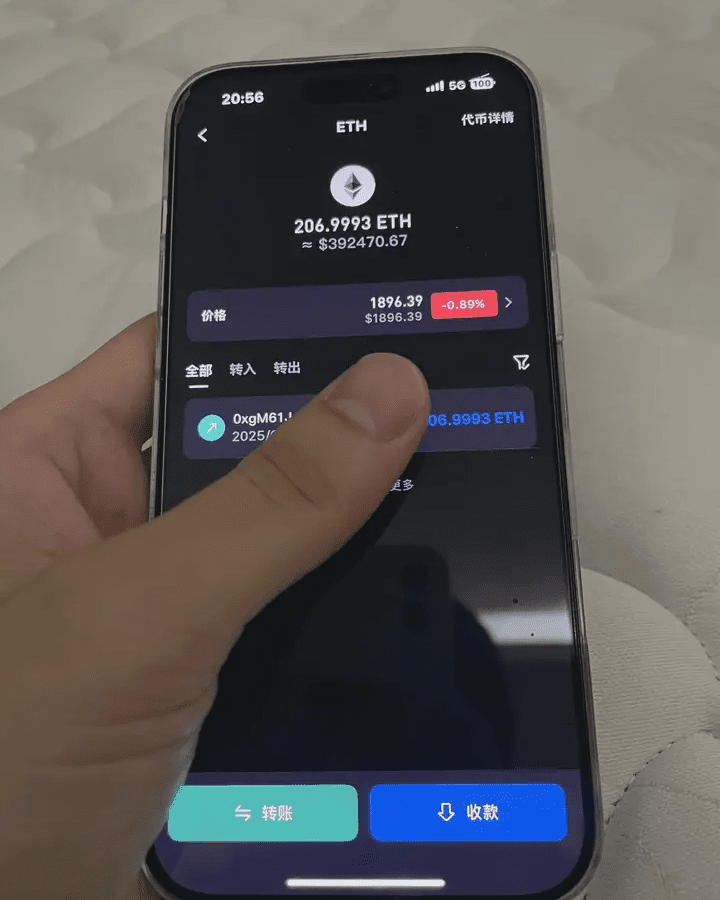The world is vast, spread your wings and soar!
If you don't want a one-day trip, read this article carefully. Turning 3,000 into 1 million, let me share some practical insights! See how I did it in a month.
Doing contract rolling compound interest +: From over 1100U, equivalent to 8,000 yuan, earned a million!
The core is one sentence: Rely on contract trading to amplify profits!

Many people start trading contracts with only 10,000 funds (about 1,400U), thinking 'small capital, just go for it.' But the truth is: the smaller the funds, the more you need position management.
Large funds can rely on time; small funds depend entirely on discipline. Otherwise, a single liquidation requires recharging your "faith."
The following method is suitable for contract players with capital between 5,000 to 20,000 yuan, with the goal not being to double in one day, but to have low drawdowns and steady growth.
1. Core goal: Not to get rich overnight, but to steadily compound.
Using small funds for contracts is not to earn a BMW per trade, but to earn a phone case each month, which after 12 times becomes an iPhone.
Compound interest rhythm:
Monthly target return: 10% to 20%.
Control the maximum single loss to not exceed 2% of the total account funds.
Swing positions are allowed to hold for 1 to 5 days, with stop losses adjusted in between.
2. Four-step method for small fund position management.
Step 1: Divide the account, define the 'combat fund pool.'
Account: 10,000 yuan ≈ 1,400 U
Divided into 4 trading segments, each segment 350U.
Only use one segment for trading, the other segments remain unchanged.
The essence is to give yourself 4 lives; if you go wrong, there is a chance to recover.
Benefits: Resistant to consecutive stop losses, won't lose all ammunition at once.
Step 2: Control each trade's risk to 1%-2% of total funds.
Recommended practice: Control the stop loss amount to within 140U (about 10%).
For example, trading BTC:
The difference between the entry point and the stop loss point = 500 USDT.
Using 10x leverage means a fluctuation of 50 USDT.
To avoid exceeding a risk of 140U, you can open at most 2.8 BTC contracts ≈ 3 contracts.
→ This is the process of reverse calculating position size.
Remember this phrase: It's not about how many contracts you want to open, but how many the market allows you to open.
Step 3: Pyramid position increase, only amplify positions when making profits.
If you have made a profit of 100U from a low position, you can consider:
Increase part of the position, continue to eat the trend upwards.
Raise the stop loss to the breakeven or even profit zone.
The remaining portion can attack freely, as risk control has already protected you.
This way, even if the market retraces, you can retreat without harm.
Increase positions only when there are floating profits; do not add to losses!
Step 4: Market grading, determining the strength of positions.

3. Additional considerations for crypto contract trading.
1. Leverage recommendation: Not more than 20 times (here I mean the total leverage of the account).
Leverage does not amplify profits; it amplifies mistakes.
High leverage is suitable for ultra-short-term experts, not for swing positions.
2. Transaction fees have a significant impact.
It is recommended to choose large platforms and rebate links, avoid frequent trading on high-fee platforms.
Transaction fees will eat away most of your small fund's compound profits.
3. When volatility is extremely high, use light positions or even observe.
During major news events or extreme volatility, reduce your position by half.
Small accounts have poor pressure resistance, most afraid of large fluctuations.
4. A practical example: Using 350U to penetrate a market wave.
Choose coins: DOT breaks through the box's independent structure and stands on a key platform/UNI breaks through the trend line/WOO's bottom keeps rising, forming a rising structure in the box/BTC does not break 107200 for a long time, forming a new independent structure that meets the entry criteria in the trading system.
Entry: Break through the platform, retest to confirm entry on the right side, break through the left side of the box, and break through important trend lines for left side entry.
Stop loss: Set the stop loss at the lower edge of the platform, controlling risk within 100U.
Increase positions: Prices break through structural positions or show trend candlesticks; add half the position when retracing K, and move the stop loss to the cost.
Reduce positions: When prices rise sharply or approach previous highs/resistance levels, take partial profits.
After one wave, the account grew by nearly 500%. This is the path small funds should take in contracts—no greed, no fear, no reckless charging.
5. Small positions are your martial arts secret, not shackles.
Small funds are not the problem; misusing position size is the problem. You are not losing due to technique, but dying from liquidation. A stable position leads to stable emotions and stable operations.
Remember this phrase: "Being able to win a trade is a skill; being able to lose a trade is a system."
What small funds fear the most is not slowness but death. First learn to survive, then slowly become stronger.
Mu Qing only does real trading, the team still has positions available, come on board quickly.
